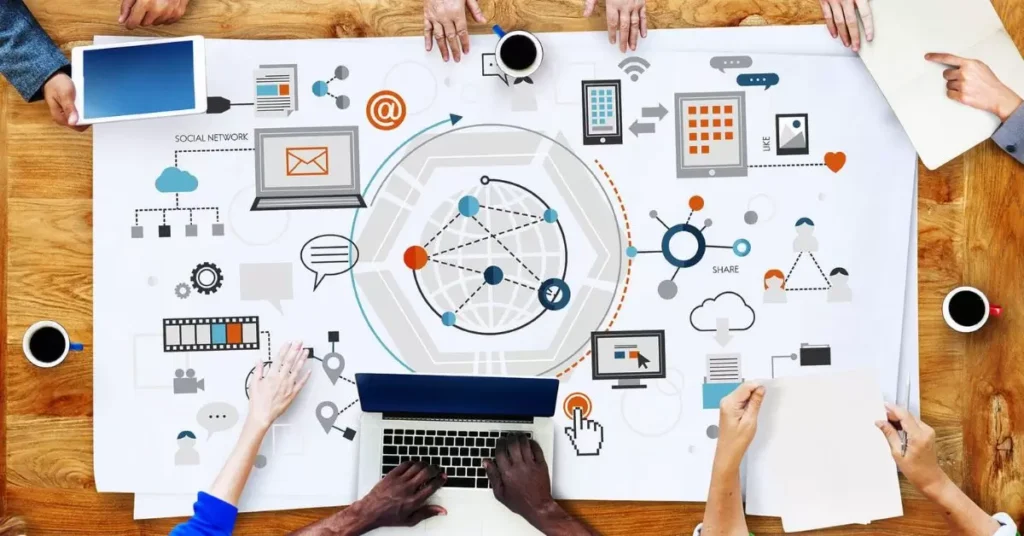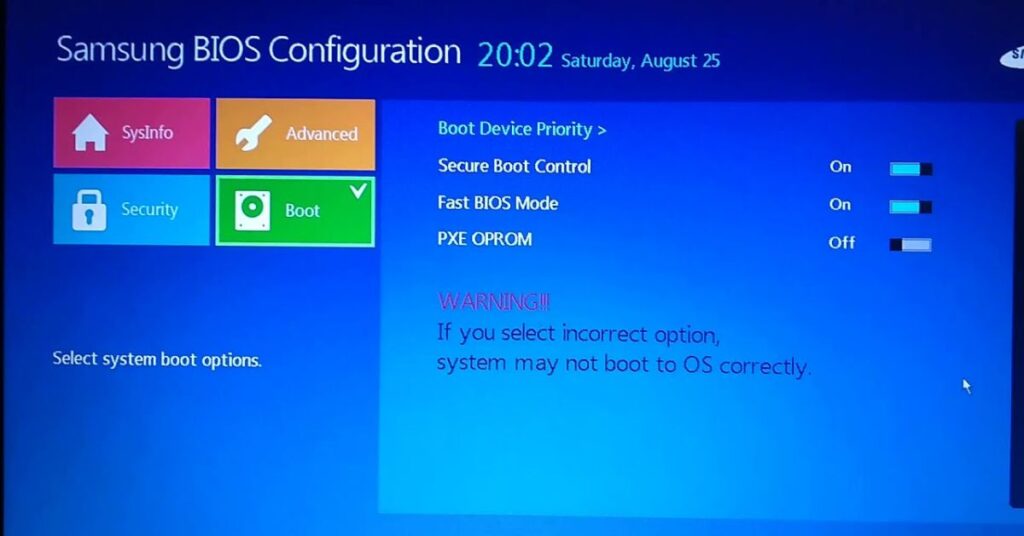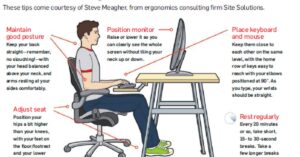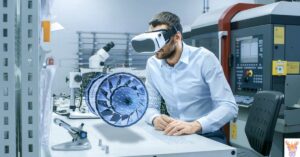Putting together your computer is no longer reserved for tech experts. It’s an endeavor that can help you cut costs and customize your machine to suit your needs perfectly. Additionally you’ll gain insights into the workings of computers, throughout the process.
This tutorial will guide you step by step, in building your custom computer from the ground up. We’ll discuss selecting components and assembling them into a system. No need to fret if you’re unfamiliar, with tools. We’ll explain each task in to follow instructions that anyone can understand.
Once you’re done you’ll have a powerhouse to tackle any task be it gaming video editing or simply fast web browsing. Are you willing to get your hands dirty and jump in? Lets kick off your journey into building your computer..
Define Your Requirements
Deciding what you need your computer for is the step. Consider the purposes you intend to use it for. Gaming Editing videos Just browsing the web Each task needs different specs.
Create a list of items and optional items. This will help you make decisions on and stay within your budget. Keep in mind that you can upgrade components, in the future if needed.
Related this post: How Glen Computer is Shaping the Future of Computing
Choosing the Right Components
Now comes the fun part – picking your parts. Start with the CPU and motherboard. They serve as the core and communication hub of your computer. Ensure they work well together.
Next, choose your RAM and storage. Having greater RAM allows for capabilities. When it comes to storage it’s an idea to combine SSD for speed and HDD, for storing files. Remember to include a graphics card if you enjoy gaming or working with videos.
Selecting a Power Supply Unit (PSU)

The PSU is like your PC’s heart. It powers everything else. Don’t skimp here – a good PSU protects your other components. Look for one with enough wattage to handle your setup.
Efficiency ratings matter too. An 80+ Gold PSU might cost more upfront, but it’ll save you on electricity bills. And always buy from reputable brands. A cheap PSU can fry your whole system.
Cooling Solutions
Keeping your PC cool is crucial for performance and longevity. Air cooling is simple and effective for most builds. It uses fans to move hot air out of the case. Liquid cooling is fancier and can handle more heat.
Consider your case size and CPU when choosing. High-performance parts generate more heat. They’ll need beefier cooling. Don’t forget case fans too. Good airflow helps every component stay chill.
Case Selection
Your case isn’t just about looks. It affects airflow, noise, and what parts you can use. Bigger cases are easier to build in and offer better cooling. But they take up more space.
Think about front panel ports and drive bays. Do you need lots of USB ports Easy access to them Consider noise levels too. Some cases have sound-dampening features. Pick one that fits your style and needs.
Assembly Tools and Preparation

Before beginning make sure to gather all your tools. You’ll require a Phillips screwdriver, a static wrist strap and some thermal paste. Create an neat work area. Lay out all your parts.
Make sure the lighting, in your space is nice and cozy and make sure to have a chair. Since you’ll be spending some time here grab yourself a drink and perhaps some snacks well. It’s time to transform those components into a computer.
Assembling the Motherboard and CPU
- Unbox the motherboard and place it on a non-conductive surface
- Locate the CPU socket and carefully install the processor
- Apply a pea-sized dot of thermal paste to the CPU
- Attach the CPU cooler, following the manufacturer’s instructions
Double-check that everything’s seated properly. A wobbly cooler can cause big problems down the line. Take your time here – it’s the heart of your new machine.
Installing Memory (RAM) and Storage
Pop open the RAM slots and insert your memory sticks. They’ll click into place when seated correctly. For storage, locate the SATA ports on your motherboard.
- Connect SATA cables to your SSD or hard drive
- Secure the drives in the case’s drive bays
- If using an M.2 drive, insert it into the dedicated slot on the motherboard
Mounting the Motherboard in the Case
Time to give your PC a home. Lay the case on its side and install the I/O shield that came with your motherboard. It snaps into place from inside the case.
Gently place the motherboard into the case aligning its screw holes, with the standoffs. Use screws to secure it making sure not to tighten them. It should be snug but not, under pressure.
Also read this blog : Wordle Solver Tools: Tips and Tricks for Success
Installing the Graphics Card
Find the PCIe slot on your motherboard – it’s usually the longest one. Remove the corresponding back panel from your case. Gently insert your graphics card into the slot.
Secure the card with the screw you removed from the back panel. If your card needs extra power, don’t forget to connect it to the power supply later.
Connecting Power Supply Cables
This part’s like a puzzle. Your power supply has various cables that need to connect to different components. Start with the big 24-pin connector for the motherboard.
- Connect the CPU power cable (usually 4 or 8 pins)
- Plug in power for your graphics card if needed
- Attach power cables to your storage drives
- Don’t forget case fans and any RGB lighting
Initial Power-Up and BIOS Configuration

Keep your fingers crossed. It’s the moment we’ve been waiting for. Start by plugging in your computer connecting a monitor and pressing the power button. If you spot the BIOS screen you’re all set.
Now you’ll need to tweak some settings. Set the boot order to your main drive, enable XMP for your RAM, and check that all your components are recognized. You’re almost ready to install your operating system.
Installing Operating System and Drivers
- Grab a USB drive and create a bootable installer for your chosen OS
- Plug the USB into your new PC and boot from it
- Follow the on-screen prompts to install your operating system
- Once installed, connect to the internet
- Head to your motherboard manufacturer’s website
- Download the latest drivers for your specific board
- Install chipset drivers first, then others like audio and network
- Restart your PC after installing drivers
- Visit your graphics card manufacturer’s site
- Download and install the latest GPU drivers
- Check for Windows updates and install any that are available
- Restart one more time to ensure everything’s set
- Run some basic tests to make sure everything’s working
- Install your favorite software and customize your new PC
- Enjoy your high-performance DIY computer
Frequently asked question
How long does it take to build a PC?
First-timers might need 3-4 hours. Experienced builders can do it in 1-2.
Is building a PC cheaper than buying one?
Often, yes. You’ll get better components for your budget and avoid paying for assembly.
Do I need to buy Windows?
You can use Windows unactivated or buy a license. Linux is a free alternative.
What if something doesn’t work?
Double-check all connections. If that fails, test components individually to isolate the issue.
Can I upgrade my DIY PC later?
Absolutely! That’s one of the big advantages of building your own.
Conclusion:
You’ve completed the setup of your personalized, of the line PC. Enjoy this moment. Appreciate the functionality of your device. By building it yourself you’ve not just saved money. Also acquired insights, into computer hardware.
Creating your computer goes beyond the product. It’s, about the process the opportunity to learn and the joy of crafting something with your hands. Now you’ve gained an insight into how computers operate setting you up for success, down the road.













